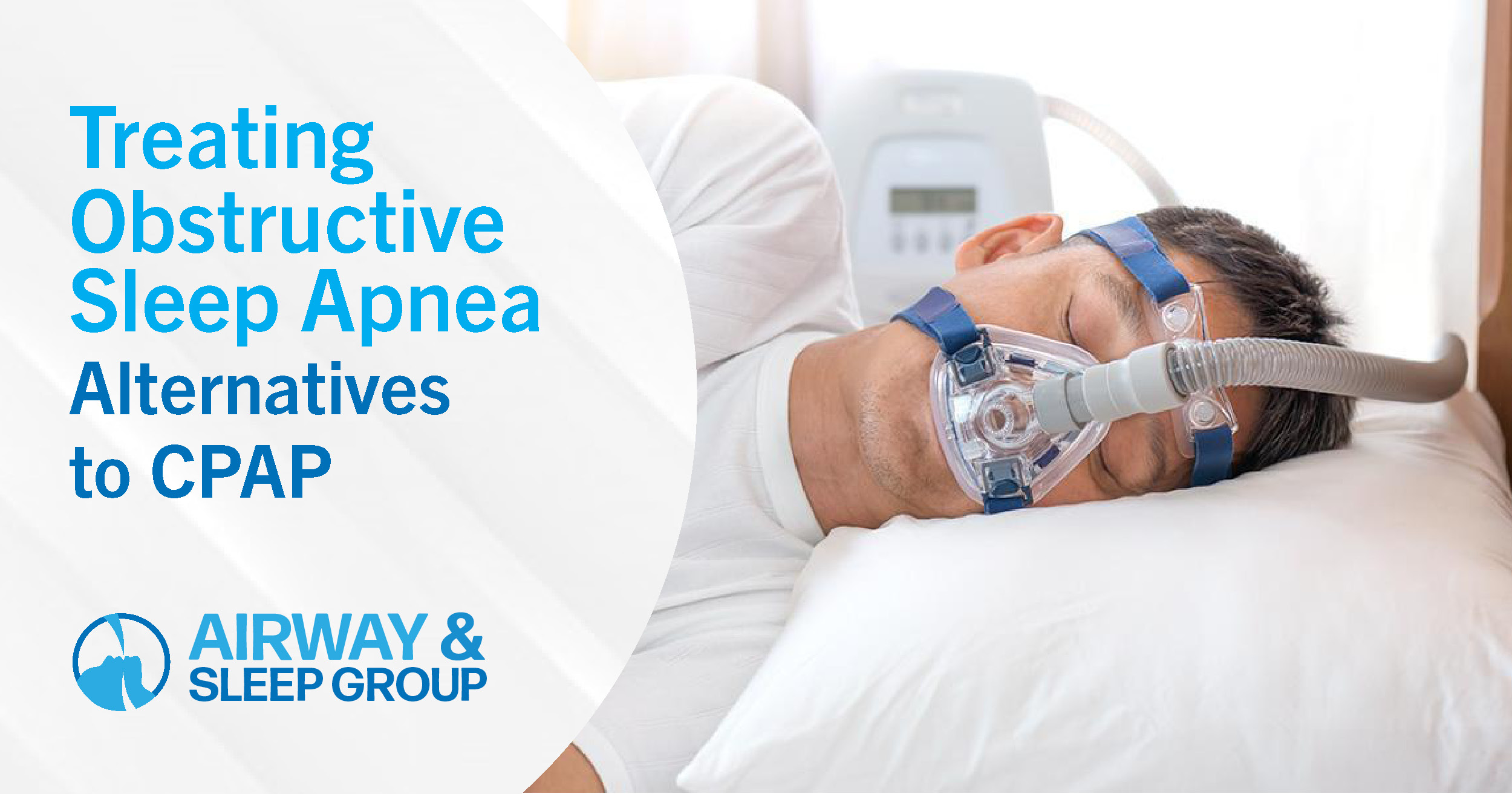Listen to the Podcast here.
More than 18 million American adults have obstructive sleep apnea (OSA), which can cause breathing cessation during sleep or abrupt awakenings accompanied by shortness of breath.
According to Wikipedia, OSA is the most common type of sleep apnea, characterized by repeated episodes of complete or partial obstructions of the upper airway during sleep. It can cause breathing to stop and start repeatedly during sleep. OSA occurs in all age groups and in both sexes. In children, its occurrence can run between 2% to as high as 10 or 20% in habitually snoring children.
Symptoms of Sleep Apnea
Some of the symptoms of OSA include poor sleep; fatigue during the day; or heavy snoring, choking, gasping or breathing cessation during the night.
If you suspect you might have sleep apnea, visit your doctor. Bring along a record of your sleep or fatigue period and an updated list of medications you are taking—including any over-the-counter medications.
Diagnosis
One of the most common diagnostic tools for OSA is a sleep study, which may require an overnight stay at a sleep center. Here, technicians monitor a variety of functions during sleep including sleep state, eye movement, muscle activity, heart rate, respiratory effort, airflow, and blood oxygen levels to determine severity. They will look for signs of breathing cessation during sleep or abrupt awakenings accompanied by shortness of breath. You may be able to start treatment following your first night in the sleep center.
Sleep Apnea Treatment With CPAP Alternatives
A highly effective treatment recommended by doctors for many patients is a continuous positive airway pressure device, or CPAP. The device consists of a mask that fits snugly over the nose and/or mouth that gently blows air into the airway to help keep it open during sleep.
Other alternatives to CPAP can include:
• Dental appliance that repositions the lower jaw and tongue
• Upper airway surgery to remove excess tissue
• Nasal expiratory positive airway pressure with a disposable valve covering the nostrils
• Treatment using hypoglossal nerve stimulation
Lifestyle changes can also make an impact on obstructive sleep apnea. These can include:
• Lose weight. Where a CPAP can only treat OSA, weight loss can cure it in an overweight person.
• Avoid alcohol. Alcohol can cause frequent nighttime awakenings and makes upper airway breathing muscles relax.
• Quit smoking. Smoking worsens swelling in the upper airway, making apnea and snoring worse.
• Sleep on your side. Some patients with mild sleep apnea have fewer breathing problems when sleeping on their side rather than their back.
At Airway and Sleep Group, we work with patients on treatments for sleep apnea regularly. Contact us for your initial consultation or visit www.airwayandsleepgroup.com for more information.

